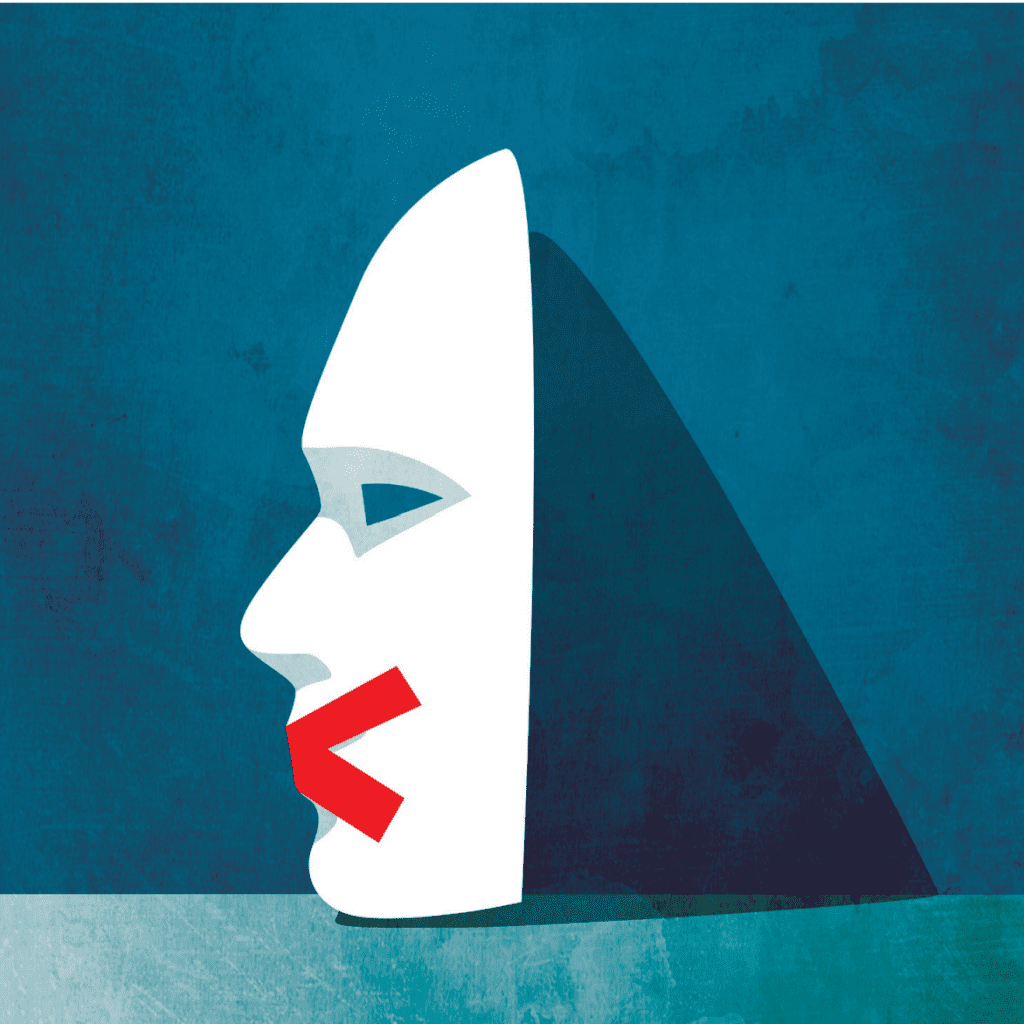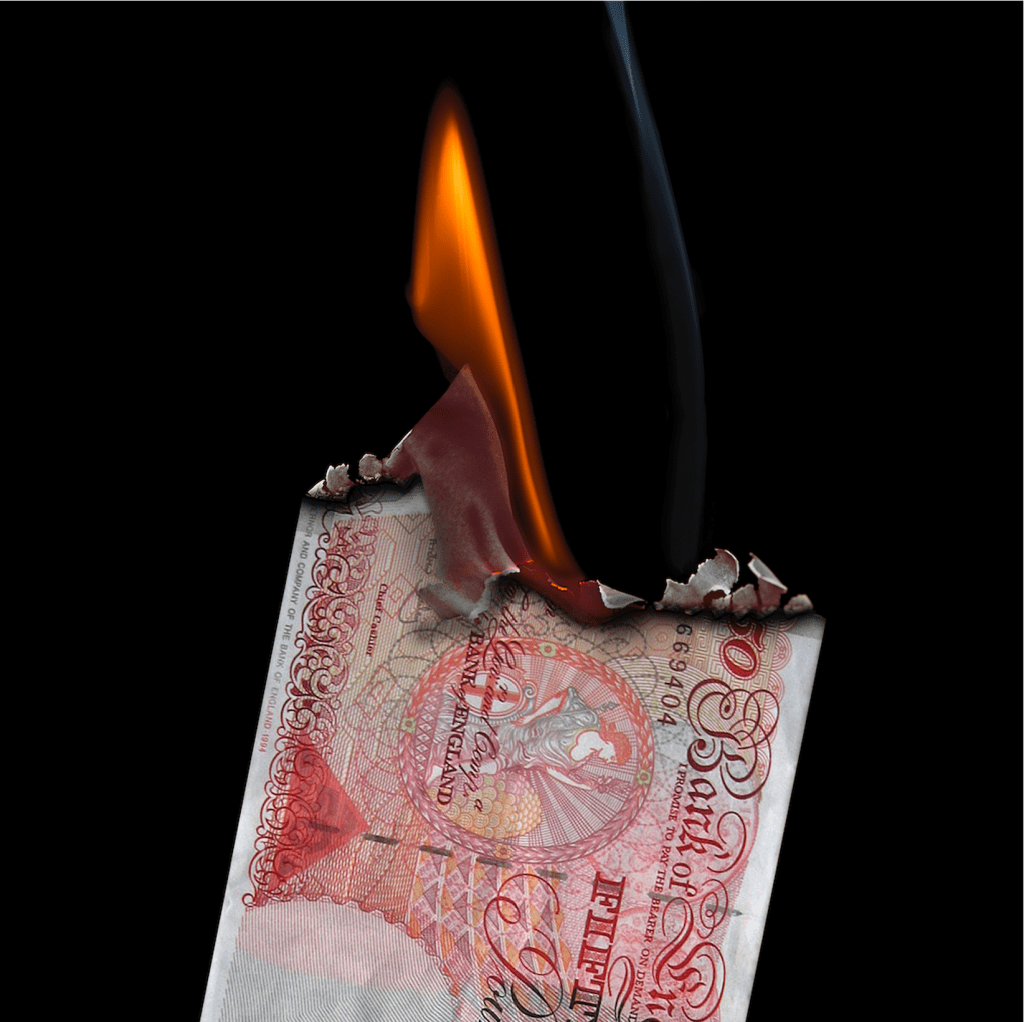Robert Blomfield is described as ‘Edinburgh’s quiet answer to Glasgow’s Oscar Marzaroli, to Paris’s Brassaï’.
01 May 2022
Images of Edinburgh in the 1950s and 60s taken by an acclaimed street photographer and “student of light” are to go on show for the first time.
The photos by the late Robert Blomfield will go on display at the University of Edinburgh where he studied medicine and honed his artistic talent.
His work was relatively unknown until a show at the City Art Centre in Edinburgh in 2018, and the new exhibition, titled Robert Blomfield: Student of Light, will be the first display of his work since then.
It includes street scenes and images of student life, and is the first to feature his colour photography.


Blomfield arrived in Edinburgh to study medicine in 1956 and took a camera with him almost everywhere, even into class, producing shots of lectures and laboratories that are described as unique in their access and composition.
Curator Daryl Green said: “In this exhibition you will encounter Edinburgh through Robert’s lens, from when he first stepped off the train platform in Waverley station through to the late 1960s.
“These photographs reveal how he developed his eye and his skills in the darkroom and how he became a student of light.”
Born in Leeds and raised in Sheffield, Blomfield’s lifelong pursuit of photography was sparked when he received his first camera on his 15th birthday.
From the start, he applied the advice of Robert Capa who said “if your pictures aren’t good enough, you’re not close enough”.
He continued taking photographs until his last days, dying in December 2020, but his work remained largely unseen throughout his life.
His archive of original prints, film and colour slides from Scotland was deposited in the University of Edinburgh’s Centre for Research Collections in late 2021.


Mr Green said: “The fact that Robert’s work remained relatively unknown for almost 60 years is astounding to me.
“In his work, we sense echoes of earlier street photographers like Eugene Atget and Henri Cartier-Bresson, and we can discern the rich attachment to place that we see in contemporaries such as Robert Frank and William Klein.
“As his vast archive slowly comes into light, it is clear that Robert was Edinburgh’s quiet answer to Glasgow’s Oscar Marzaroli, to Paris’s Brassai.”
Blomfield took eight years to complete a six-year degree, and he stayed in Edinburgh after graduating in 1964 to start as a junior doctor at the city’s Royal Infirmary.
The show will have a particular focus on Blomfield’s time as a student.
It also showcases some of his camera equipment, including lenses, enlargers, filters and an astronomical telescope used to achieve far depths of field.
By the mid-1960s, Blomfield was regularly seen with two cameras around his neck.
Both were usually loaded with black and white film and fitted with different lenses but he would occasionally shoot colour film.
Mr Green said: “Although he had experimented with colour since his school days, it wasn’t a regular part of his repertoire.
“Colour film was more expensive and had to be sent off to a lab to be developed, and when the slides returned Robert never enlarged them to prints himself.”
Robert Blomfield: Student of Light is supported by the Scottish Funding Council and will run from from May 6 to October 1 at the University of Edinburgh Main Library.



